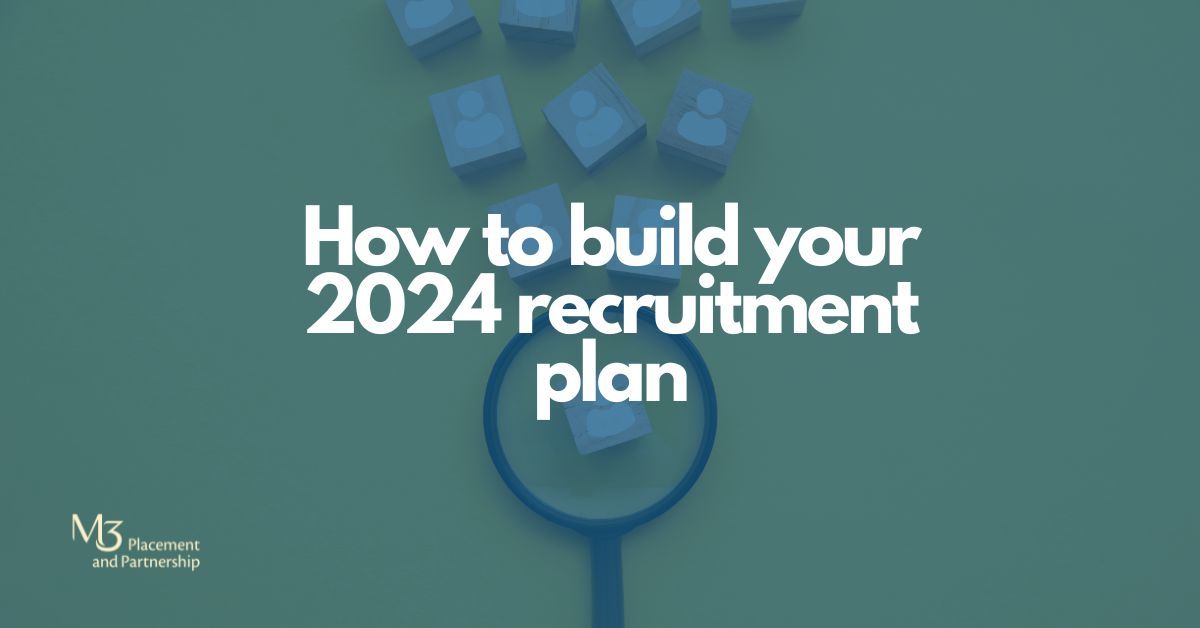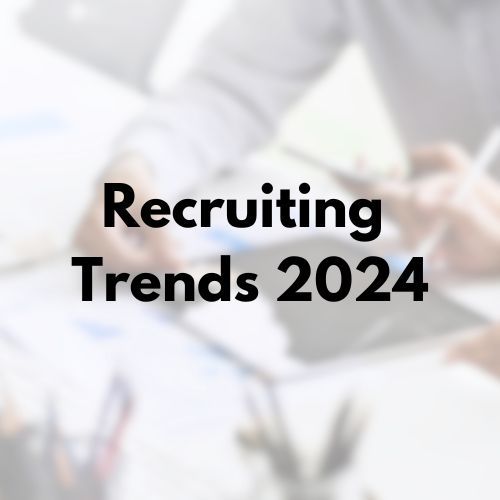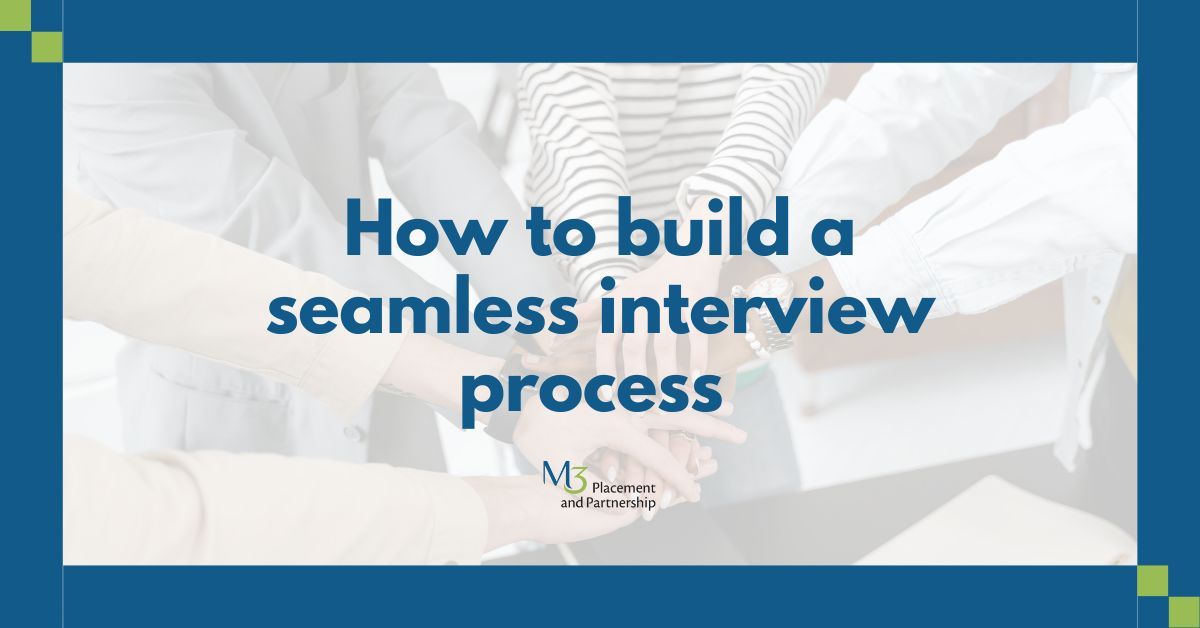Cost-effective hiring strategies to stay competitive in the talent market
In the current economic landscape, businesses face significant pressure to streamline costs across various areas, including talent acquisition. M3 Placement & Partnership, a certified woman owned recruitment firm located in the Capital Region, recognizes this challenge. We understand businesses need to optimize expenditures while attracting essential talent to drive their strategic initiatives. M3 excels in meeting clients’ requirements by providing cost-effective strategies and refining hiring procedures to yield long-term advantages and substantial savings.
“Today there are so many costs to take into consideration when expanding your team or replacing key positions. Turnover costs are estimated at 1.7 times an employee’s salary, according to SHRM. And that’s where we come in, we offer competitively priced solutions that add more to your bottom line, reducing your hiring costs,” says Mary Malone McCarthy, founder and CEO of M3.
The hidden costs of recruitment mistakes
Few things are as costly for employers than a poor candidate experience. When candidates have a positive experience throughout the hiring journey, the odds are greater that a strong candidate will accept the offer, become an engaged employee, stay on board, and refer more great talent. Conversely, a negative experience makes candidates less likely to accept an offer or remain with the company long-term. When asked why they dropped out of the hiring process, Zippia found that 40% of candidates stated it was because of a poor first interaction with a recruiter or hiring manager.
The recruitment process heavily influences the retention statistics of new employees. In BambooHR’s 2023 Onboarding Report, they found that companies have 44 days to influence a new hire’s long-term retention as 70% of new hires decide if a job is right for them within the first month. That means that hiring the wrong candidate can cost twice as much if the wrong hire is made. Often the culprit is inefficient recruitment processes that can’t give the time and energy needed to find the best candidate and instead focus on filling the open seat.
The direct placement advantage
Recruiting today is an expensive prospect that eats up the time of management in a variety of ways. One of the best ways that companies can expand their hiring capacity and ensure the right hire is made is to bring on a direct placement partner like M3. This partner would manage the entire recruiting process for the individual position, proactively reaching out to active and passive candidates, saving companies time on outreach, screening, and managing applicant flow.
“We leverage our networks and our industry expertise to quickly identify and attract top talent that aligns with your organization’s specific needs. This streamlined approach eliminates the need for lengthy and costly in-house recruitment efforts, saving you valuable time and resources,” shares Elisha Gilroy, vice president of executive search and direct placement of M3.

Unlocking efficiencies with recruitment process outsourcing (RPO)
Much like outsourcing any function, outsourcing your recruitment process is a means to gain bandwidth and cut costs. Many businesses have found that outsourced recruitment solutions can remove bottlenecks that slow down the recruiting process.
“RPO, whether used for a high volume of open positions or for supplemental assistance is a great way to combat many recruiting challenges at once. It addresses both tactical and strategic challenges while providing an objective, third party perspective that improves the candidate’s experience. Our work allows HR teams to focus on those strategic initiatives that will make the biggest impact on the company. We customize design solutions that fit the company’s needs rather than asking them to contort themselves to fit our services,” says Kristi Richtmyer, vice president of RPO at M3.

Long-term benefits through advisory services
Beyond the immediate cost savings and efficiencies gained through direct placement or RPO models, M3 also offers invaluable advisory services. Through comprehensive workforce planning, employer branding, and talent management initiatives, M3’s advisory services empower businesses to attract, retain, and cultivate top talent more effectively. This proactive approach not only reduces the costs associated with high employee turnover; it positions your organization as an employer of choice, giving you a competitive edge in the war for talent.
The double-edged sword is that even if you know your recruitment process isn’t working optimally, you’re still under pressure to fill open roles with the best fits. And that’s where an outsourced recruitment firm like M3 can help. They’ve designed direct placement and RPO solutions that allow your open roles to be filled, while providing advisory services that can help you improve chronic process issues that bog down your talent acquisition team.
*The article above was recently published in the Albany Business Review on May 15, 2024






